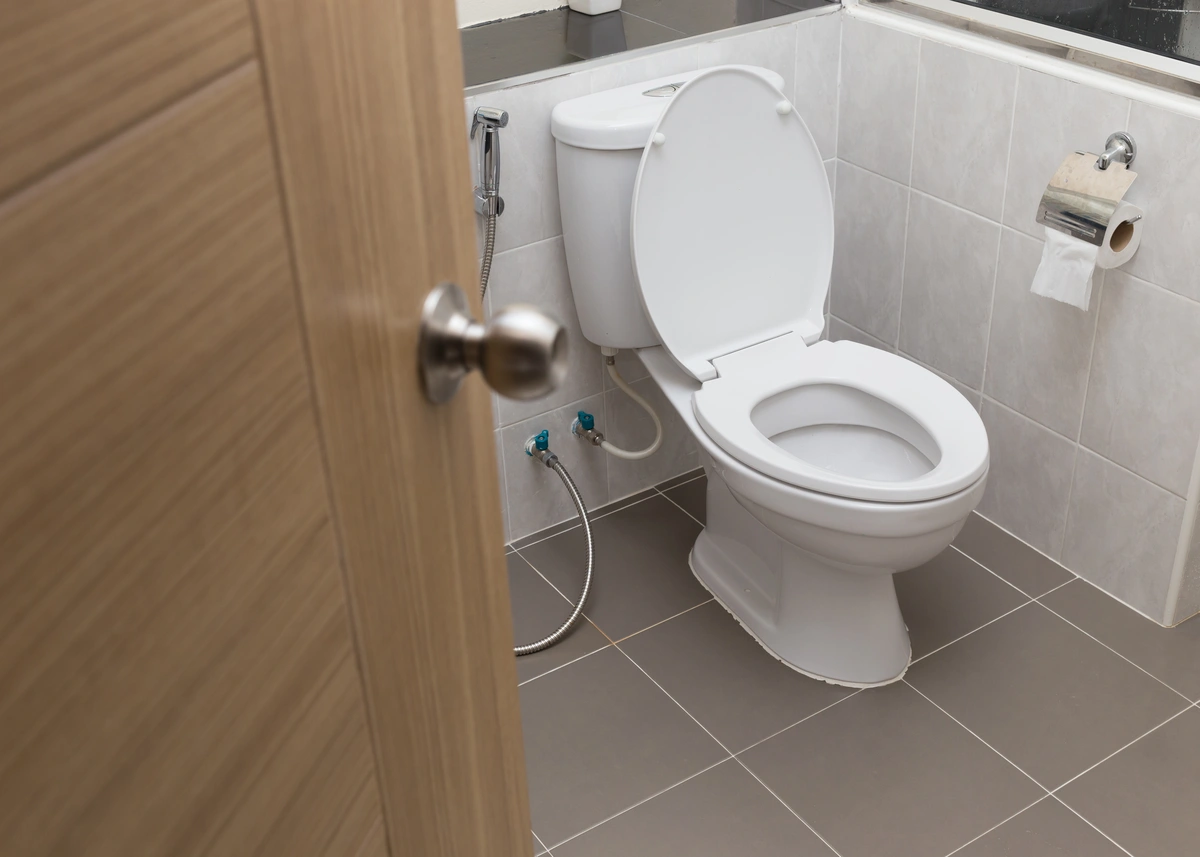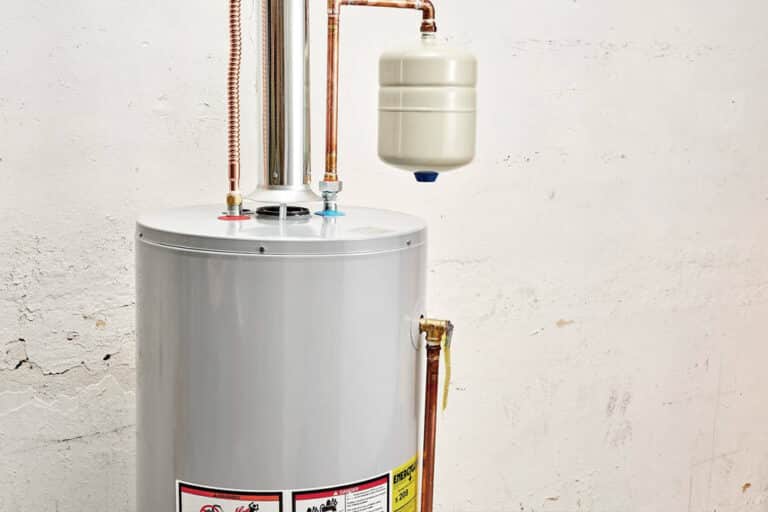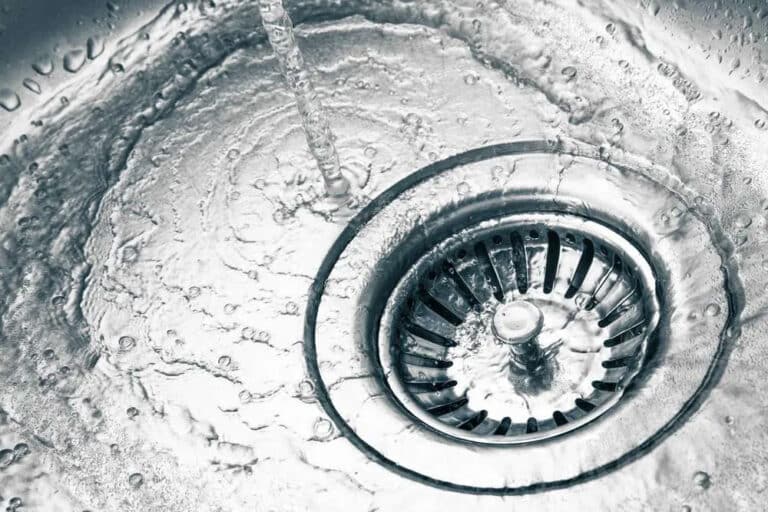Does the water on your toilet randomly run? Is there a pool of water forming around the base of your toilet with no explanation? If so, you might be dealing with a common problem: A randomly running toilet. Running toilets can waste up to 200 gallons daily and cause much higher-than-normal water bills. That’s why learning how to fix them is always beneficial.
Fortunately, fixing a randomly running toilet requires no fancy equipment or professional help. Most homeowners have all the tools needed for this easy home repair! Here’s what you need to know about diagnosing and fixing these pesky problems without stress. If you do require professional help, make sure to contact your local plumber!
1. Check the Flapper Valve
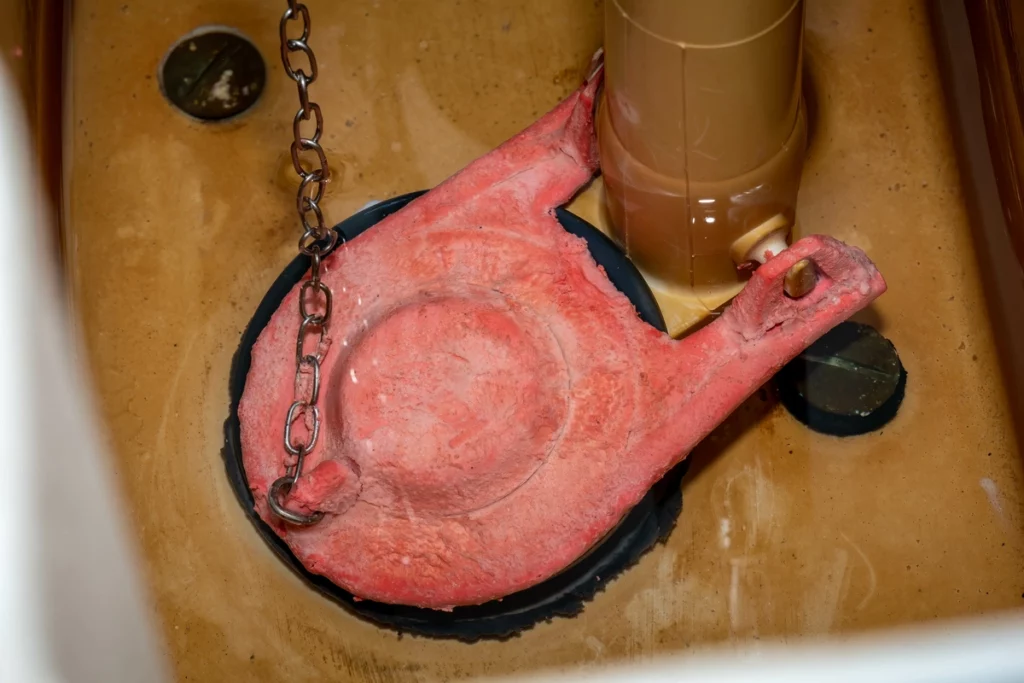
The flapper valve is at the bottom of the toilet tank and controls how much water flows into the bowl each time you flush. If it is cracked or worn, it may not be able to effectively hold back all of the water in the tank, which can cause slow running sounds. To check if this is your issue, flush the toilet and then check to see if there is still water left in the tank after completing an entire flush cycle. If so, then you may need to replace your flapper valve. Here’s how to quickly diagnose and fix this issue to get your look up and running again.
Locate the Flapper Valve
With each flush cycle, the flapper valve is at the bottom of the toilet tank and controls how much water flows out of the tank into the bowl.
Flush and Check Water Levels
Flush your toilet and then check to see if there is still water left in the tank after completing a full flush cycle. If so, then you may need to replace your flapper valve.
Replace Your Flapper Valve
If you have determined an issue with your flapper valve, a replacement can be done quickly on most toilets with just a few simple tools. Make sure you purchase one that matches your existing model, as different sizes may not fit correctly otherwise. Also, remember to turn off the water before replacing any parts inside your toilet tank!
2. Replace Fluidmaster Fill Valve
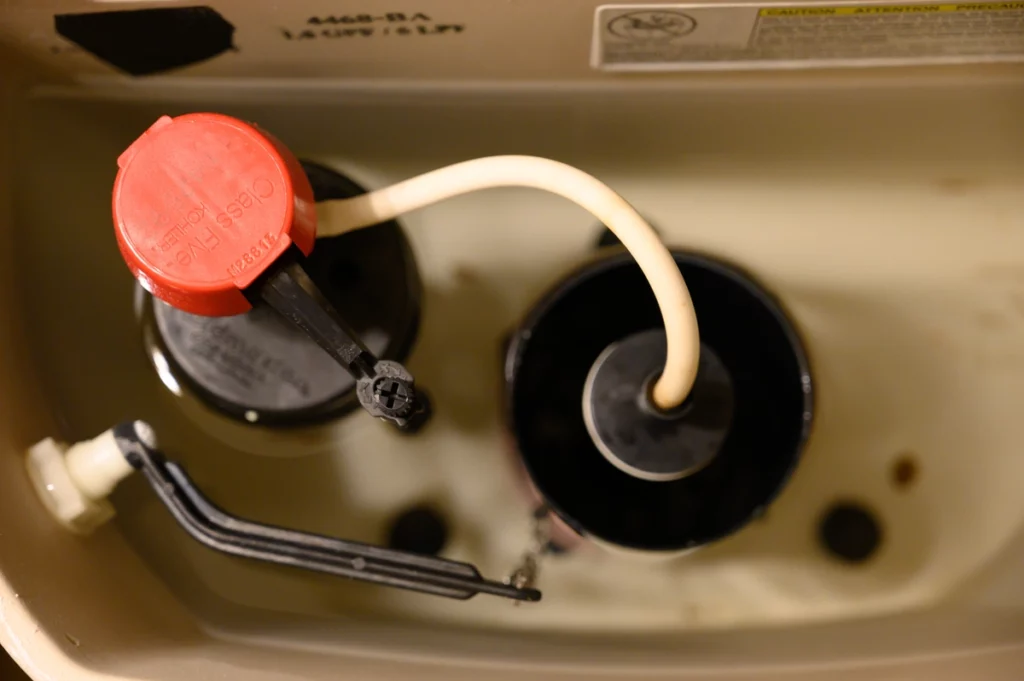
Fluidmaster fill valves control how much water goes into the tank when refilling after a flush. If they aren’t working properly, they can cause intermittent slow-running sounds as they fail to bring enough water each time it refuels. Replacing this part solves any issues related to intermittently running sound from your toilet bowl area.
Locate the Fluid Master Fill Valve
The fluid master fill valve is located at the top of the toilet tank and is responsible for keeping the water level consistent in the tank after each flush cycle.
Check Water Flow
Take off the lid of your toilet tank and check where your fill valve is located, then turn on your water supply and watch for any signs of leakage around it or from other parts of the tank, such as loose connections.
Replace Your Fluid Master Fill Valve
If you have determined an issue with your fluid master fill valve, a replacement can be done easily on most toilets with just a few simple tools. Make sure you purchase one that matches your existing model, as different sizes may not fit correctly otherwise. Also, remember to turn off the water before replacing any parts inside your toilet tank!
3. Check for Leaks around the Toilet Base
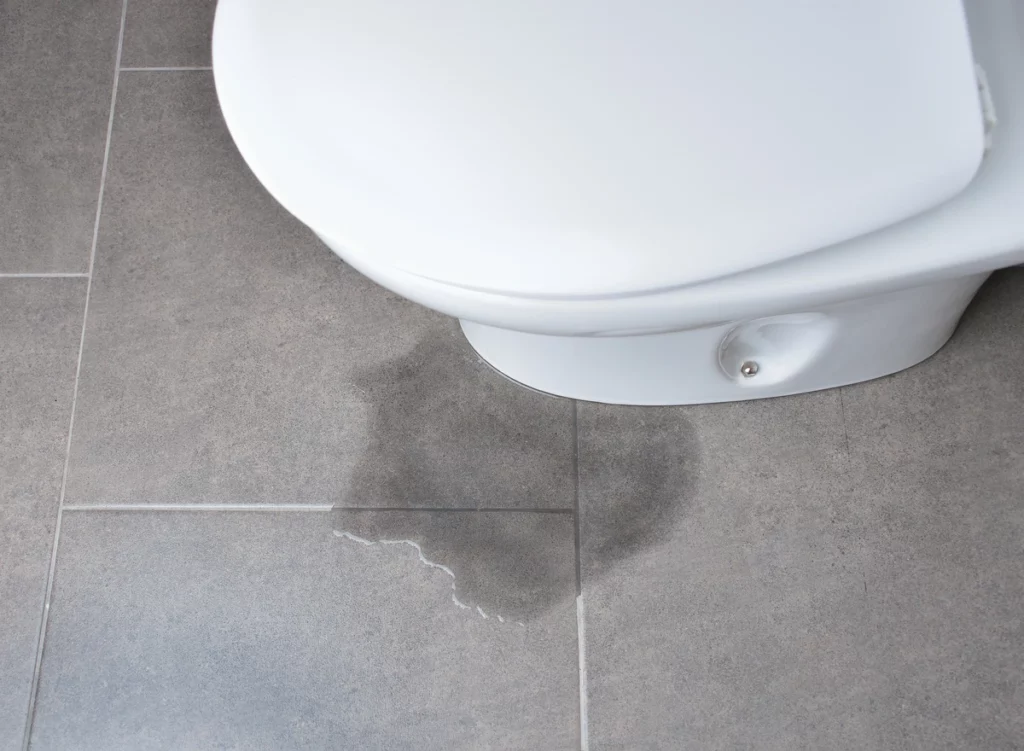
Check for any cracks or holes around where your toilet’s base meets with the flooring material, as this could also be causing a slow running sound due to leakage underneath and into other areas of your home plumbing system. Even small cracks can allow water through, so make sure to inspect, ruling out a leak as a potential cause for your randomly running toilet issue. Stopping a randomly running toilet doesn’t have to be stressful – follow these three easy steps, and you’ll be on track towards getting your look up and running again!
Dry Off Any Visible Water
First, take a cloth or towel and dry off any visible water that has leaked around the base of your toilet. This will help you better diagnose what is causing the leak.
Check Seals
To check for potential leaks, lift your toilet off the ground slightly with a crowbar or large flathead screwdriver and inspect the seals between it and its mounting bolts/washers. Look closely at each seal; if they are cracked, brittle, or damaged, they need to be replaced as soon as possible.
Replace Your Seals
If you have determined an issue with your seals, a replacement can be done easily on most toilets with just a few simple tools, such as a plumber’s putty (for installing washers) or wax (for better sealing). Make sure you purchase ones that match your existing model, as different sizes may not fit correctly otherwise. Turn off the water before replacing any parts inside your toilet tank!
Advantage of DIY
The main advantage of attempting DIY repairs on your toilet is that it can save you time and money. Professional plumbing services can cost hundreds of dollars, whereas a DIY repair would only set you back the price of parts and tools. In addition, by taking matters into your own hands, you could fix the issue straight away without waiting for a professional to come out and assess the situation.
Conclusion
Doing DIY plumbing can be intimidating, but anyone can do it with some knowledge and confidence. The three simple ways how to DIY fix toilets that randomly run can help you diagnose and repair your running toilet in no time without the help of a professional. Remember always to put safety first and turn off the water valves before attempting a repair. Trust us when we say you’ll feel like a pro when the fix is complete! Plenty of local handy persons would be more than happy to assist if you need more information or advice on how to make the repairs. It’s also an excellent opportunity to brush up on your DIY skills! So don’t forget to use this experience to learn and grow to become your own little DIY master!

